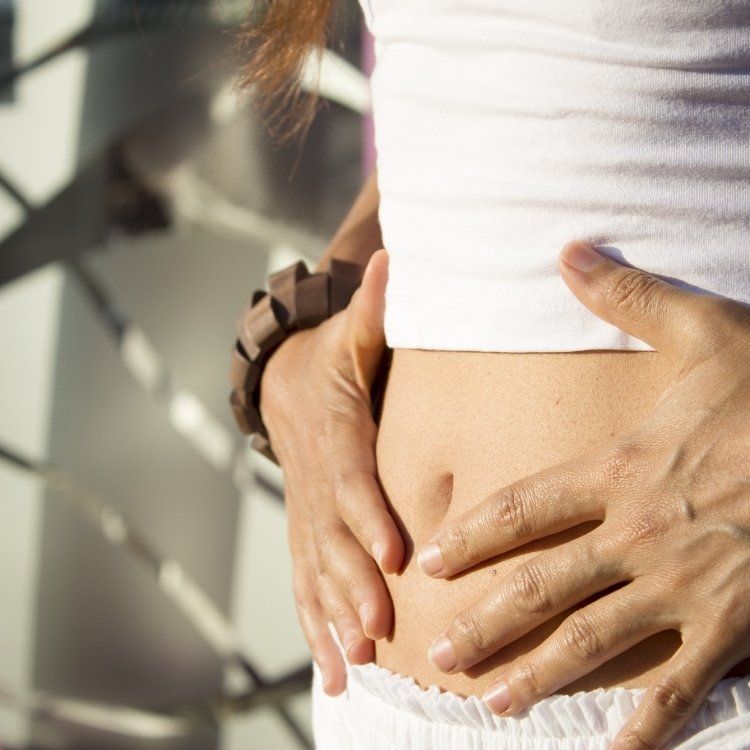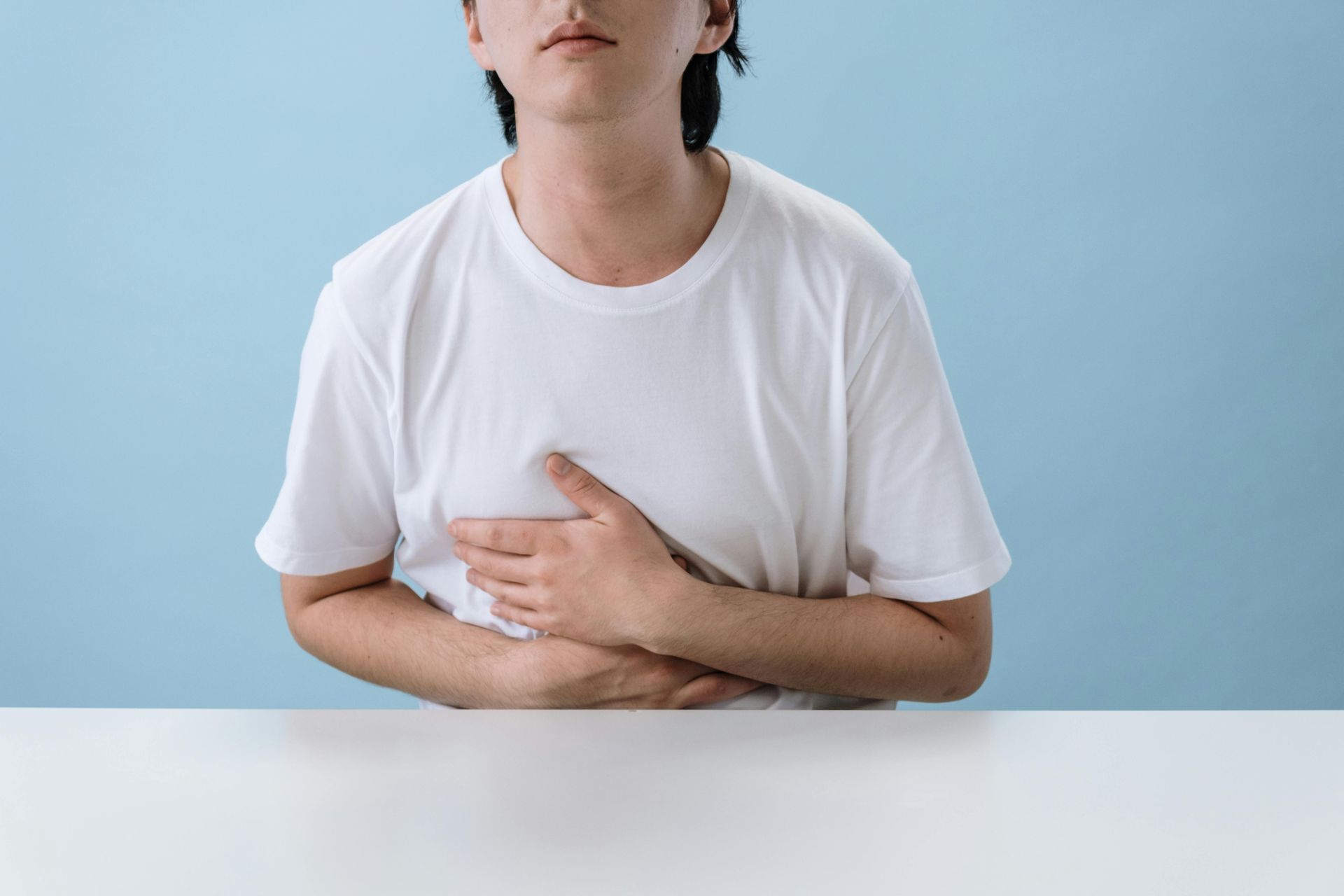How your diet can help improve migraines
Bringing on the Pain
Ever felt throbbing head pain? Now, imagine that pulsating pain made worse by light, sound, or smells. Imagine that pain combined with nausea and vomiting? If that sounds familiar, then you may have suffered from a migraine. While the pathophysiology of migraines is still unknown, interest in nutrition’s role in preventing migraines continues to grow. Some research suggests diet may catalyze migraines through inflammatory responses and vasodilation (Bunner et al., 2014).

Dietary Intervention Studies
In recent years, more rigorously designed research studies have investigated the effects of dietary interventions on migraine relief. In 2014, Bunner and colleagues conducted a randomized crossover trial to identify the effects of a low fat plant based diet on migraine intensity and frequency. Compared to the placebo group, the plant based diet group showed greater improvement in pain scores. There was no significant difference between two groups for headache frequency scores (Bunner et al, 2014).
In addition, patients on elimination diets have reported improved migraine symptom relief by removing dietary triggers from their diet including: chocolate, cheese, citrus, alcohol, nitrates, monosodium glutamate (MSG)
, and caffeinated beverage
s (Bunner et al., 2014; Martin et al, 2016). According to Martin et al, alcohol is a common dietary trigger for migraines (Martin, 2016). However, alcoholic beverages with higher histamine content such as wine and be
er are more likely to cause a migraine episode. Martin and colleagues found that 5% of study participants reported (via migraine diaries) greater likelihood of experiencing a migraine on days they consumed nitrates (Martin et al, 2016).
Ever felt throbbing head pain? Now, imagine that pulsating pain made worse by light, sound, or smells. Imagine that pain combined with nausea and vomiting? If that sounds familiar, then you may have suffered from a migraine. While the pathophysiology of migraines is still unknown, interest in nutrition’s role in preventing migraines continues to grow. Some research suggests diet may catalyze migraines through inflammatory responses and vasodilation (Bunner et al., 2014).

Dietary Intervention Studies
In recent years, more rigorously designed research studies have investigated the effects of dietary interventions on migraine relief. In 2014, Bunner and colleagues conducted a randomized crossover trial to identify the effects of a low fat plant based diet on migraine intensity and frequency. Compared to the placebo group, the plant based diet group showed greater improvement in pain scores. There was no significant difference between two groups for headache frequency scores (Bunner et al, 2014).
In addition, patients on elimination diets have reported improved migraine symptom relief by removing dietary triggers from their diet including: chocolate, cheese, citrus, alcohol, nitrates, monosodium glutamate (MSG) , and caffeinated beverage s (Bunner et al., 2014; Martin et al, 2016). According to Martin et al, alcohol is a common dietary trigger for migraines (Martin, 2016). However, alcoholic beverages with higher histamine content such as wine and be er are more likely to cause a migraine episode. Martin and colleagues found that 5% of study participants reported (via migraine diaries) greater likelihood of experiencing a migraine on days they consumed nitrates (Martin et al, 2016).
Food Component Study
In addition to dietary interventions, research studies have investigated possible uses of food components to treat migraines and document their mechanism of action. In 2016, Slavin et al determined the effects of dietary components on potential migraine mechanisms, involving calcitonin gene-related peptide (CGRP) as a mediator in the inflammatory response (Salvin et al, 2016). The effects of 3 dietary food components were investigated including: ginger, grape pomace, and s-petasin (active compound of butterbur extract). Ginger and grape pomace extracts significantly decreased levels of CGRP secretion from cells. S-petasin and ginger components also prevented calcium signaling, which is one method of CGRP production (Slavin et al, 2016).
Future Research
Challenges migrainuers may face include: food avoidance, decreased appetite, and social isolation related to dietary modifications/ elimination diets. While more long-term dietary intervention studies are need, there is a need for individualized dietary patterns based on current evidence-based literature to relieve migraine episodes based on a person’s lifestyle and social habits (Alpay, 2010).
What You Can Do
If you suffer from chronic migraines, there are a number of strategies that may be implemented to alleviate symptoms. For those interested in a nutrition related strategy, specialized diets may be used (i.e., elimination diets, low fat, higher proportion of omega 3: omega 6, etc.). Migraine sufferers can also keep track of symptoms using a diary and identify the most problematic food triggers. However, some individuals may not be ready for extreme changes in their eating habits. Other nutrition related approaches for migraineurs include: drinking herbal teas (i.e., ginger, chamomile, and marjoram teas) and using essential oils such as peppermint, rosemary, and lavender.
Non-nutrition related strategies include:
• Resting in a dark, quiet room,
• Placing a damp washcloth over the eyes and forehead,
• Restorative yoga, and
• Self-massage of the neck/head area
While it may seem that rest and relaxation on the couch is ideal for curing a migraine, I personally find that restorative yoga flows help decrease my migraine duration and pain intensity. A steaming cup of chamomile tea does certainly help though!
https://integrativerd.org/category/migraines/
The post Can diet relive migraines? appeared first on Vereen Health.




